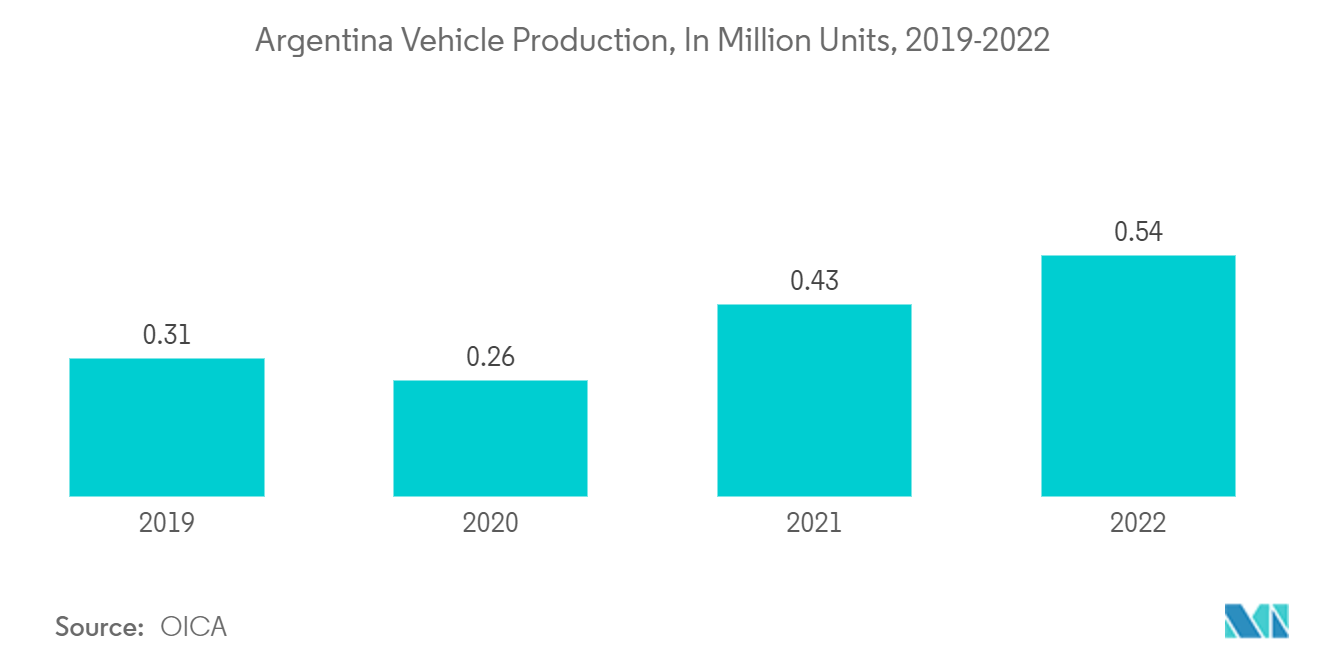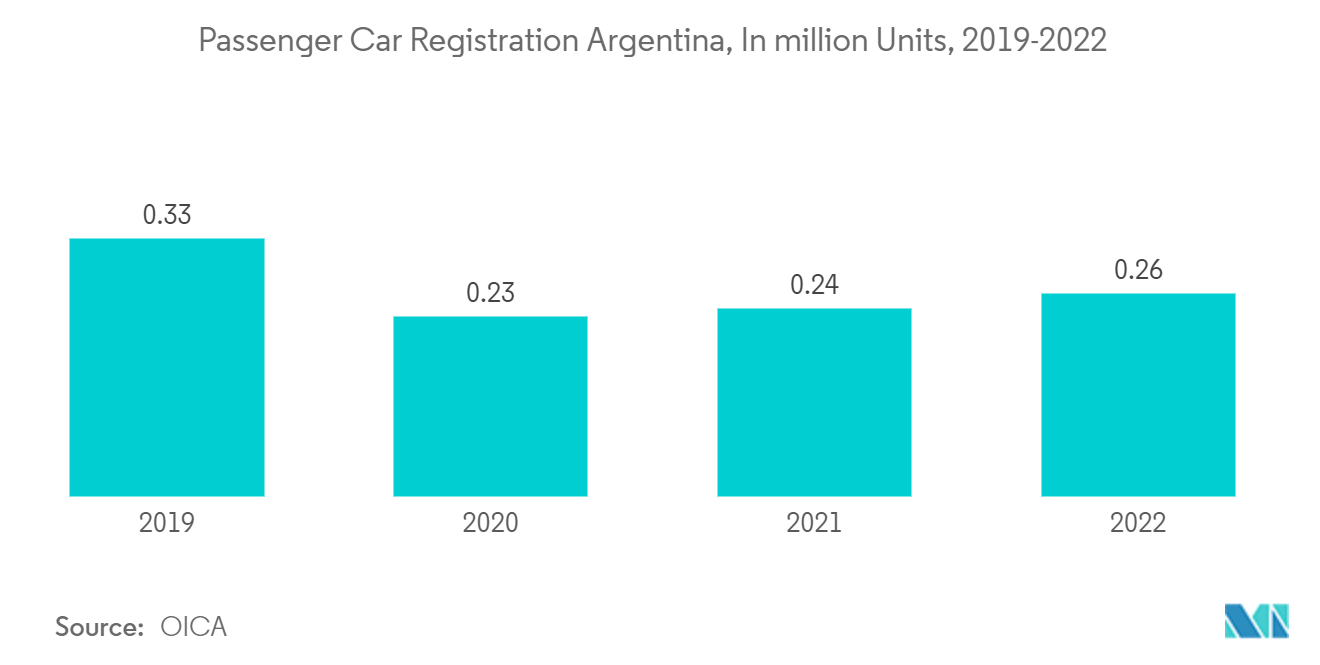Market Trends of Argentina Automotive Carbon Fiber Composites Industry
Structural Components Dominating The Market Growth
In the Argentina Automotive Carbon Fiber Composites market the structural assembly segment clearly dominates when compared to other sectors like powertrain components, interiors and exteriors. This dominance is largely due to the essential role of structural components in ensuring vehicle safety and performance.
Carbon fiber composites, known for their exceptional strength-to-weight ratio, are particularly valuable in creating lightweight yet sturdy structural elements such as chassis and frames. This reduction in weight is crucial for enhancing fuel efficiency and improving vehicle dynamics a key consideration in modern automotive design.
Technological advancements have further cemented the position of carbon fiber composites in structural assemblies. These developments have led to more efficient production methods making carbon fiber more accessible for various automotive applications and somewhat mitigating its traditionally high cost.
In contrast to other market segments like powertrain, interiors, and exteriors where alternative lightweight materials also compete carbon fiber composites offer unparalleled benefits in structural applications.
This trend is expected to continue and potentially expand as the industry evolves towards more sustainable and efficient vehicle designs.

Passenger Car to Drive the Market Growth
The preference for carbon fiber composites in the passenger car segment in Argentina can be primarily attributed to the evolving consumer demand for high-performance and fuel-efficient vehicles. In passenger cars, the lightweight properties of carbon fiber composites directly translate to improved fuel efficiency, better handling, and enhanced performance which are key selling points for consumers.
Commercial vehicles, on the other hand, have a greater focus on durability and cost-effectiveness. The relatively higher cost of carbon fiber composites compared to traditional materials can be a deterrent in this sector. Commercial vehicle manufacturers often prioritize materials that provide a balance between durability, cost and weight, which might not always align with the properties of carbon fiber composites.
The passenger car segment particularly in the luxury and high-performance niches often leads in adopting advanced materials like carbon fiber composites. This segment is less price-sensitive and more focused on technological advancements, performance enhancements and innovative design – factors that align well with the benefits of carbon fiber composites.
Also, the production volume of passenger cars typically exceeds that of commercial vehicles, which allows for more significant investments in advanced materials like carbon fiber composites. The scale of the passenger car market offers a more viable platform for the utilization and development of these composites.
The dominance of the passenger car segment in the Argentina Automotive Carbon Fiber Composites market is driven by the demand for high-performance, fuel-efficient vehicles, the luxury market's openness to innovation impacting passenger cars. The commercial vehicle sector's adoption of carbon fiber composites remains limited due to cost considerations and different market priorities though future advancements in cost reduction and material technology could shift this trend.


